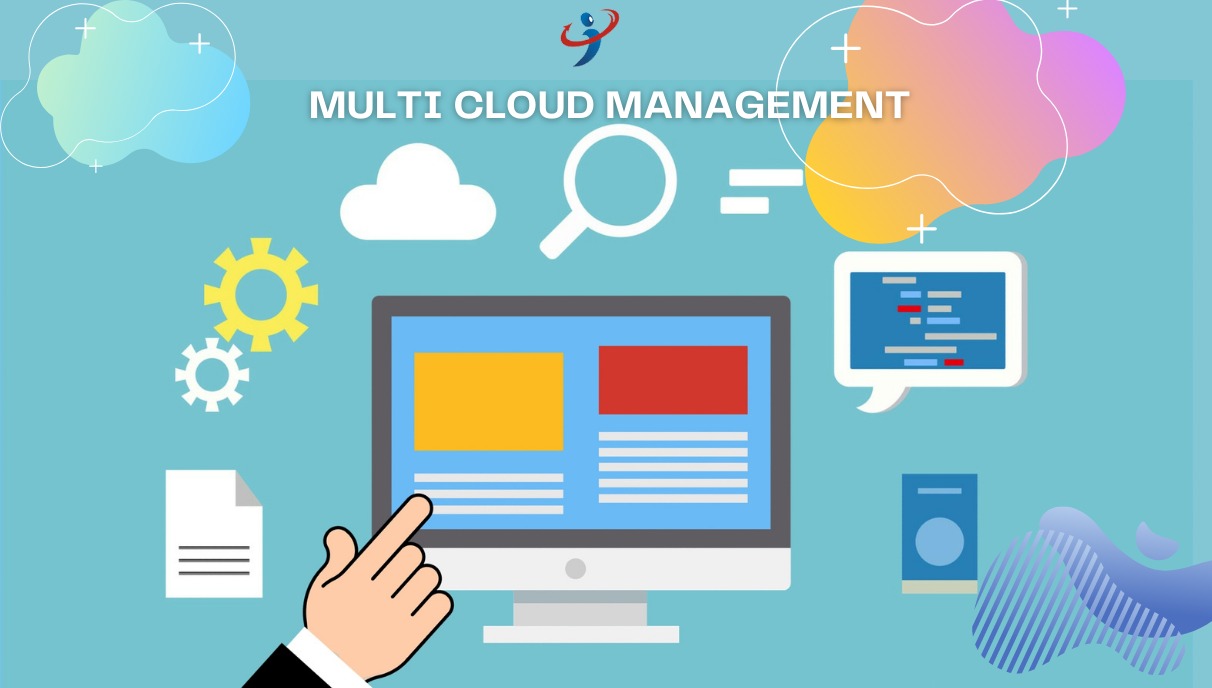Why Adopting a Multi Cloud Strategy Is the Wise Move

All cloud services are vulnerable to failure. Though technically correct, this argument is broadly used by industry dawdlers as a warning to cloud adoption. Further, if practical examples of cloud outages support this argument, the cloud industry as of now offers promising solutions to address these issues.
For progressive enterprises that want to hover cloud-ward without putting all their eggs in the one basket, they can do just that: employ a multi-cloud environment. Multi-cloud architecture allows companies to allocate their workloads across multiple cloud environments so they can get the greatest bang for their buck while extenuating risks related with individual cloud environments. This value proposition alone validates extensive growth and acceptance of multi-cloud infrastructure solutions in the future. In this post we are going to discuss how multi-cloud environment realizes these goals:
Superior Security
Giving up control over mission-critical applications and data is often quoted as the major issue that prevents cloud adoption among industry dawdlers. However, the alleged risks are often exaggerated seeing the lack of security capabilities on-premise, vendors cannot assume to change this outlook without providing satisfactory transparency, visibility, and control over their public cloud infrastructure – which they don’t. An encouraging but expensive solution to these issues is the private cloud environment implemented on-site, empowering enterprises with granular control, transparency and visibility into IT resources.
Multi-cloud infrastructure allows companies to maintain a hybrid cloud environment that allows a combination of security and cost savings simultaneously. The most security intensive workloads are stored in the private cloud while running consistent business data and apps in cost-effective public cloud networks.
Optimized ROI
Every cloud is created differently. These variances not only involve physical infrastructure components but include a varied range of functionality, characteristics, pricing models and policies, among other features. Lack of transparency around the fundamental functionality and quick changes in the active organizational IT landscape make it near impossible to foresee which cloud is the right fit for your applications and business requirements. Different vendors provide integration and support for varied cloud platforms and continuously change the capabilities they have to provide. The right fit is hence determined in reference to individual metrics, for individual business requirements and for individual applications – all of which means needless tradeoff and conceded choices.
However, it doesn’t have to be that way. With the multi-cloud environment, you can turn up whatever cloud resources are on offer without having to negotiate your choices. Multi-cloud infrastructure provides a rich set of cloud choices to solve laborious requirements across a varied range of computing and business functions, thus enhancing returns on cloud investments.
Autonomy
Vendor lock-in is the IT irony of cloud adoption. Vendors restructure the procedure of migrating workloads to their cloud, and then combine customer data and apps to their infrastructure in a way that it’s compound and costly for customers to leave. With this practice, vendors contradict a key driver of cloud migration: the capacity to run applications without having to fear about the primary infrastructure. As a consequence, vendors control pricing and force businesses to stick with them over the long-term.
Multi-cloud infrastructure allows organizations to mix and match platforms and vendors in a manner that their loads are not locked-in to specific cloud providers. Switching vendors gets simpler, abridged and impartially automated at times as workload performance is never knotted to individual vendors. With the lesser vendor lock-in, patrons get the autonomy to address shifting business requirements for security, performance, and returns on investments.
Low Latency
Access to apps and data kept at distant locations across the cloud network is not prompt. Slight delays are triggered when data traffic has to travel across numerous nodes prior to reaching end-users. This interruption, called latency is integral in cloud services delivered from servers at different locations. With the multi-cloud infrastructure, the datacenter nearest to end-users can serve the demanded data with minimum server hops. This competence is particularly useful for global companies that needs to serve business data across geographically different locations while sustaining a unified end-user experience.
Less Disaster Prone
Multi-cloud infrastructure exemplifies the idea behind the ancient proverb that says don’t place all of your eggs in one basket. Vendors usually offer minimum 99.5 percent accessibility as part of their SLA guarantee. Allocate your workload across multiple cloud networks with each providing the same low SLA guarantee and the likelihood of coexisting and concurrent downtime across all clouds still goes down aggressively. Even if this likelihood is not small, organizations can enjoy greater choices in responding proactively to alleviate risks when required.
Modern cloud services are distributed from multiple, superfluous data centers as part of a solitary cloud network. Multi-cloud infrastructure takes the very idea behind modern cloud services to the succeeding level, and in certain cases, produces a cloud of cloud or inter-cloud services. The intricacy, cost and risks of running a multi-cloud environment may look multiplied, however, the only real difference is the necessity to monitor a network of networks with tools that distribute end-to-end discernibility across all network resources.